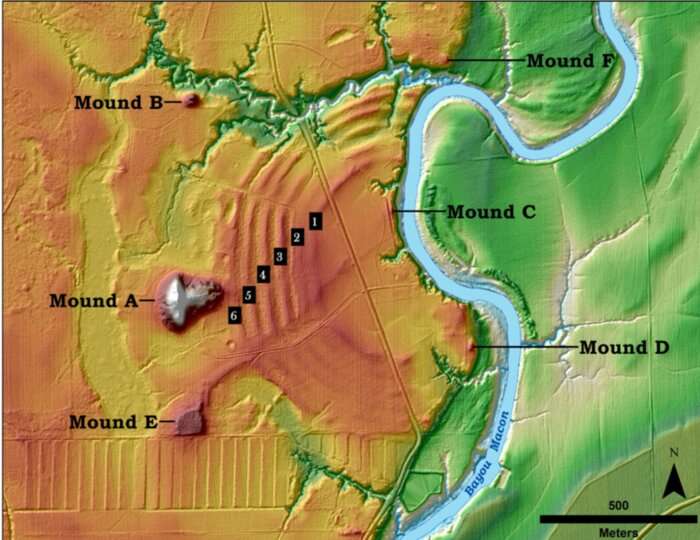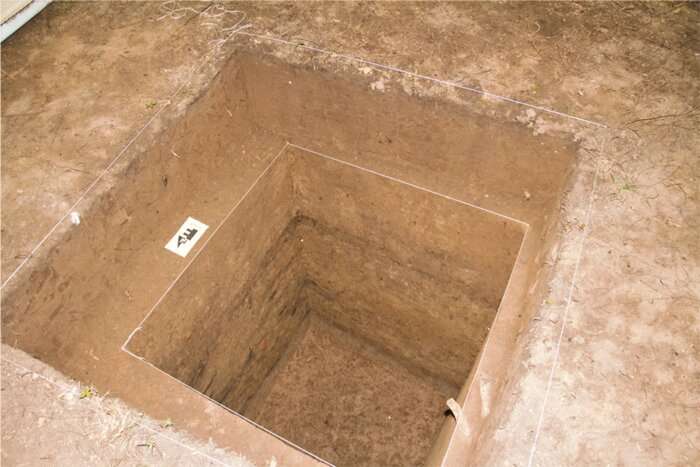The Native Americans who occupied the area known as Poverty Point in northern Louisiana more than 3,000 years ago long were highly skilled engineers capable of building massive earthen structures that have withstood the test of time. It has been believed that they were simple hunters and gatherers, but new archaeological findings paint a very different picture of America’s first civilization.
“We as a research community—and population as a whole—have undervalued native people and their ability to do this work and to do it quickly in the ways they did,” said Tristram Kidder, lead author of the study and Professor of Anthropology at Washington University in St. Louis.
“One of the most remarkable things is that these earthworks have held together for more than 3,000 years with no failure or major erosion. By comparison, modern bridges, highways and dams fail with amazing regularity because building things out of dirt is more complicated than you would think. They really were incredible engineers with very sophisticated technical knowledge.”
The Poverty Point World Heritage site consists of a massive 72-foot-tall earthen mound and concentric half circle ridges. The structures were constructed approximately 3,400 years ago from nearly 2 million cubic yards of soil.
According to Kidder, the site was likely an important religious site where Native Americans came in pilgrimage, similar to Mecca. It was abandoned abruptly between 2,000-2,200 years ago—most likely due to documented flooding in the Mississippi Valley and climate change.
The ridges at Poverty Point contain many artifacts around the edges and within, suggesting that people lived there. Using modern research methods including radiocarbon dating, microscopic analysis of soils and magnetic measurements of soils, the research provides conclusive evidence that the earthworks were built rapidly. Essentially, there is no evidence of boundaries or signs of weathering between the various levels, which would have occurred if there was even a brief pause in construction. Kidder believes the construction was completed in lifts, or layers of sediment deposited to increase the ridge height and linear dimensions before another layer was placed to expand the footprint vertically and horizontally.

Building the enormous mounds and ridges at Poverty Point would have required a large labor pool that was well organized and would have required leadership to execute. “Between the speed of the excavation and construction, and the quantity of earth being moved, these data show us native people coming to the site and working in concert. This in and of itself is remarkable because hunter-gatherers aren’t supposed to be able to do these activities,” Kidder said.
Due to its proximity to the Gulf of Mexico, this area receives lots of rain that makes earthworks especially prone to erosion. Microscopic analysis of soils shows that the Native Americans mixed different types of soil—clays, silts and sand—in a calculated recipe to make the structures stronger.
“Similar to the Roman concrete or rammed earth in China, Native Americans discovered sophisticated ways of mixing different types of materials to make them virtually indestructible, despite not being compacted. There’s some magic there that our modern engineers have not been able to figure out yet,” Kidder said.
You can read the original article at phys.org
